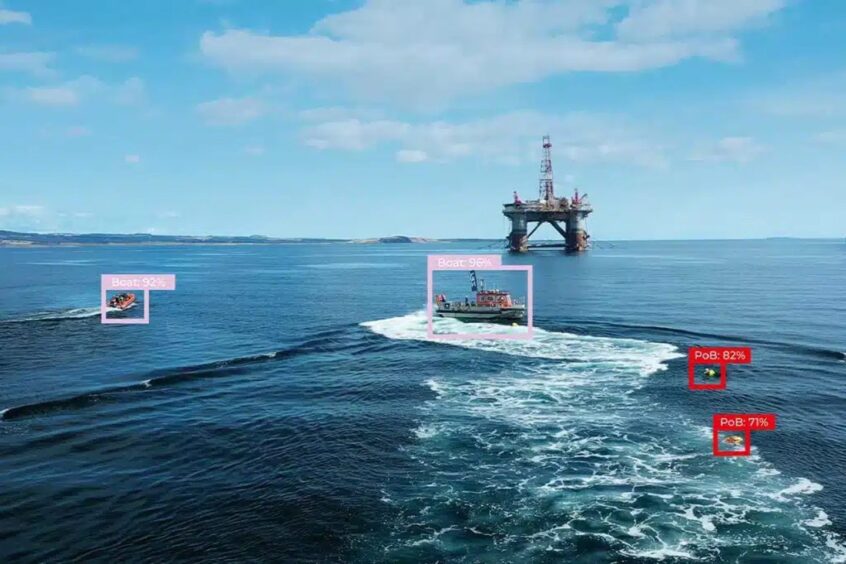
Scottish technology firm Zelim has a simple mission statement at its heart, to “make unmanned search and rescue the industry standard”.
The Edinburgh-based firm is pioneering a range of technologies and AI-powered smart systems capable of rescuing a person stranded at sea with little human intervention.
Zelim founder and chief executive officer Sam Mayall said the idea for the company came from his time working as a merchant navy sailor in the oil and gas sector in Aberdeen.
“During that time, I was unfortunately involved in a couple of fatal accidents and lost a few friends,” he told Energy Voice.
“That inspired me to try and find a way to do search and rescue more quickly, basically.”
He founded Zelim in 2017, with the aim of finding ways to use technology to assist in emergency situations at sea.
Mr Mayall said there are “fundamental challenges” involved in search and rescue that Zelim wanted to overcome.
“It’s inherently difficult to find somebody at sea, and that led us to start developing a vision-based system which will autonomously find people in the water,” he said.
“Then on the rescue side it’s inherently dangerous putting people into a fast rescue craft to go and rescue people.
“We felt compelled to think of a different way of doing it.”
Offshore search and rescue innovation
Zelim first developed the Guardian 1, a ‘world first’ remotely operated unmanned rescue vessel (URV) with a transit speed of 35 knots.
The company followed this up in 2021 with the larger ‘Survivor Class’ vessel, specifically targeted towards the offshore energy sector.
Larger than the Guardian, the Survivor URV has a free fall launch capability of 25m and is designed to be controlled from a remote operations centre.
Both URVs come equipped with two other Zelim innovations, the Swift rescue conveyer belt and the AI-powered ZOE system.
The Swift system allows the URVs to recover people from the ocean, whether conscious or unconscious, in less than 60 seconds.
Zelim’s AI-powered ZOE system
Meanwhile, the ZOE AI detection system uses automated camera tracking to instantly detect ‘man overboard’ incidents.
Mr Mayall said the ZOE system is currently trained on a proprietary data set of over five million maritime rescue images, with the company adding around a quarter of a million images a month.
“It’s the same as putting a cadet on the ship, on day one they’re not very good, but then after 10 years, they’re the master of the ship,” he said.
“We can fast forward that process… and we can do that very quickly with artificial intelligence.”
He added: “The dataset is growing all the time.
“We’re going out and collecting all of our own data, and the more customers we bring on the better the solution gets for the industry.”
Mr Mayall said Zelim has a simple mantra underpinning its search and rescue solutions: “Find, recover and protect.”
Zelim’s startup journey
Since 2017, Zelim has raised close to £7.5 million in investment, including from Kero and Indigo 7 Ventures (I7V).
That includes around £3 million in grant funding and support from Innovate UK, the Defence and Security Accelerator, the Offshore Wind Growth Partnership and the ORE Catapult.
North Sea stalwart and former EnerMech CEO Doug Duguid, who invested in the firm through I7V, was a key mentor in developing Zelim from its startup foundations, Mr Mayall said.
Now, Zelim is emerging from the research and development phase and preparing for full scale testing of its technology at sea.
In September last year, Zelim formed a research and development partnership with the US Coast Guard to test and evaluate its ZOE system.
According to Coast Guard estimates, a human search operator in a helicopter generally has a 50% detection probability on a first pass sweep in good weather. In poor weather conditions, that accuracy reduces.
Based on current testing data, the ZOE system has a detection rate of 96.8% for person in water incidents, at up to 337 metres away and across various weather conditions, day or night.
Mr Mayall said in search and rescue situations, the key point of difference between a human and a computer is consistency.
“Everybody suffers from getting tired or distracted,” he said.
“’Vagaries of the mind’ is also an interesting one, where you think you’ve seen something, but you haven’t, or when you have seen something, but you think you haven’t.
“What we offer is a consistent solution, it’s repeatable and it gets better the more you use it.
“Is it as good as the human? In certain circumstances it’s much better.
“But you need the human in the loop as well.”
Zelim ZOE system deployed offshore
Offshore operators in the oil and gas and wind sectors are already taking note of the encouraging results from early testing.
In February, Zelim announced a partnership with wind developer Ocean Winds.
As part of the collaboration, Zelim will install cameras on two turbine foundations at the WindFloat Atlantic floating wind farm in Portugal and continuously monitor the live feed.
Ocean Winds said it could potentially deploy the ZOE system throughout its operational and construction sites based on the results.
Also in February, Zelim deployed the ZOE system in the oil and gas sector for the first time with offshore drilling rig operator Valaris, installing seven infrared and optical cameras on the Valaris Stavanger rig.
Valaris Stavanger offshore installation manager Glen Spearman said the North Sea is a “harsh weather environment that can change quickly”.
“If someone ends up in the water, the alarm is raised and one person acts as a spotter to maintain visual contact,” Mr Spearman said.
“We are totally reliant on line of sight. ZOE gives us a 360-degree view from the rig at any one time.
“It could reduce our response time and improve the chances of successful rescue in the event of a person overboard.”
Offshore oil and gas
If it detects someone falling overboard, ZOE transmits an automatic alert to the radio operator and creates a 10-second clip of the incident for viewing alongside live footage.
The system then continues to track the person in the water, logs the position of the vessel and the person in the water for mayday call geo-location.
ZOE also provides the radio operator with a mayday script and action checklist, which Zelim said helps to ensure “fast and accurate reporting under stressful circumstances”.
The Valaris partnership comes after a 50-year-old man fell overboard from the Valaris 121 in 2023, around 100 miles off the coast of Aberdeen.
A coast guard search and rescue operation failed to locate the victim, with an investigation into the incident ongoing.
The Houston-based driller said following the trial aboard the Stavanger, it will decide whether to use Zelim technology on other assets in its fleet.
Zelim targeting wider uses for ZOE
Zelim is positioning itself as a technology company first and foremost, able to provide real-time autonomous monitoring and alerting from any CCTV feed, Mr Mayall said.
“A lot of infrastructure has CCTV already, but there’s no real time monitoring of that,” he said.
“You want that real time alerting so you can do something about it in real time, rather than trying to look at it retrospectively.”
Potential applications for Zelim’s include monitoring defence assets and other offshore infrastructure, he said.
As Zelim continues to grow, the company has opened two new offices in the United States in Miami and Houston.
There are also plans to eventually target further expansion into the Middle East and Canada.
Zelim’s growth and recent successes have also led to personal recognition for Mr Mayall, with Forbes magazine naming him in its 2024 ‘30 Under 30’ list in technology in Europe.
But Mr Mayall said the company’s success did not come without its challenges.
“It’s been a startup journey, there’s been some extremely tough bits for sure,” he said.
“There’s been quite a lot of converting the naysayers, converting the people that say, ‘it’s not technologically possible, it can’t be done’.”
“If you can convert those people, they actually become your biggest advocates. They’re the people who really drive it forwards.”

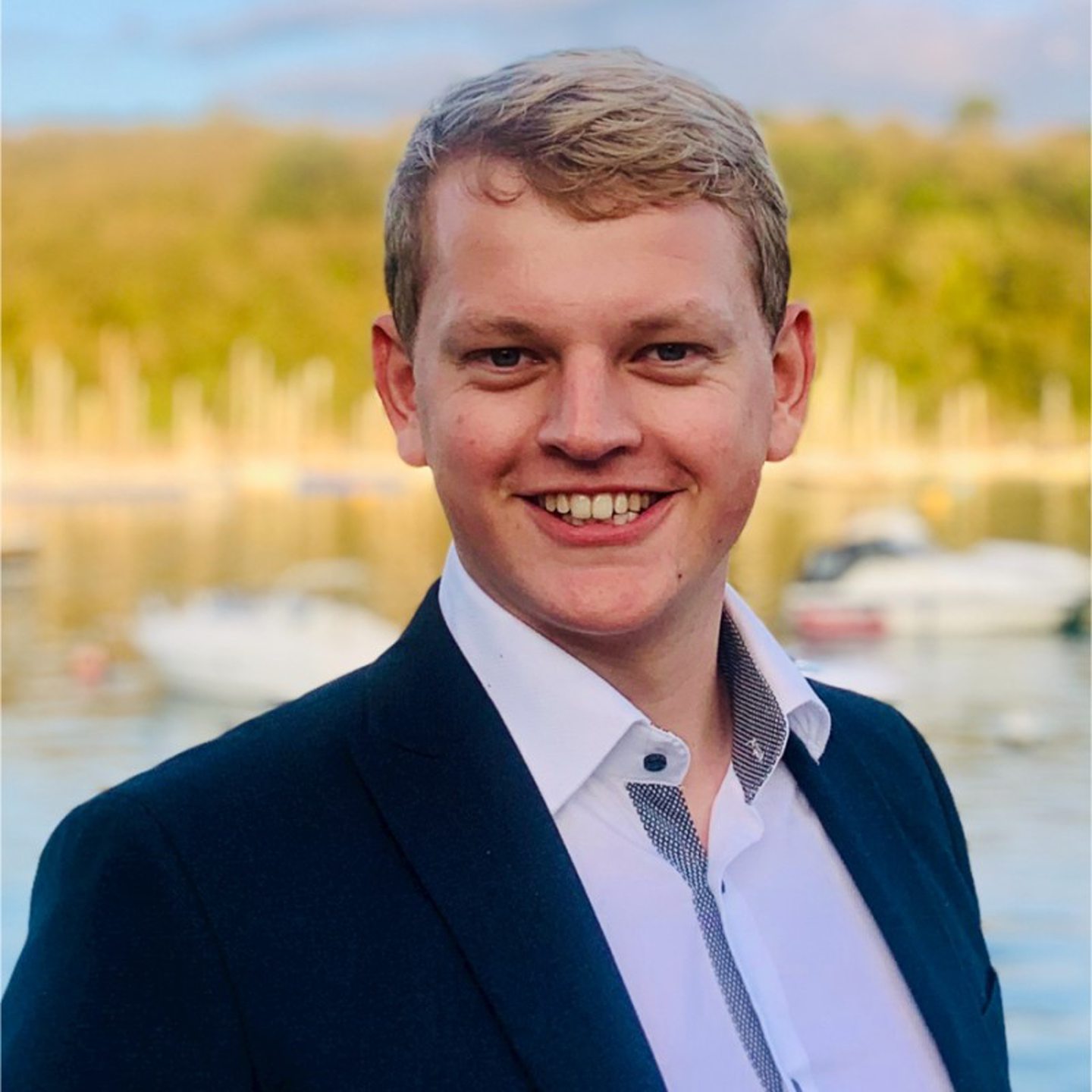 © Supplied by Zelim
© Supplied by Zelim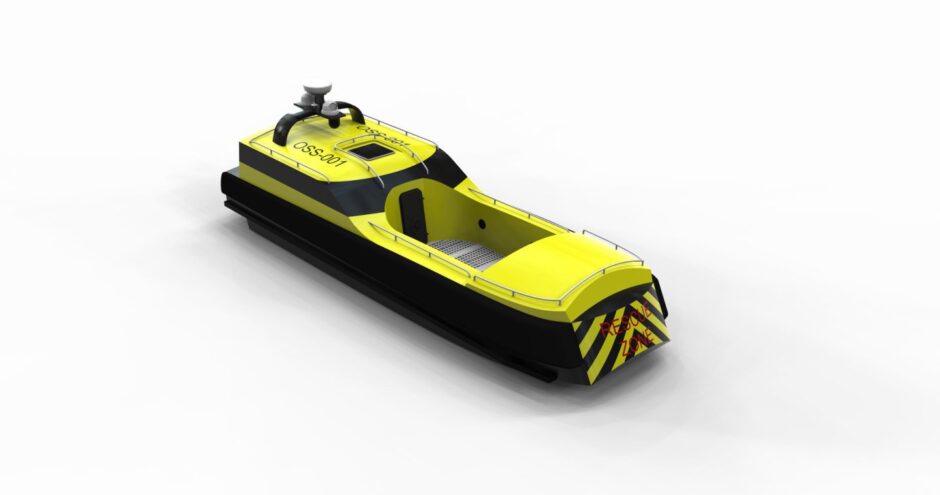 © Supplied by Zelim
© Supplied by Zelim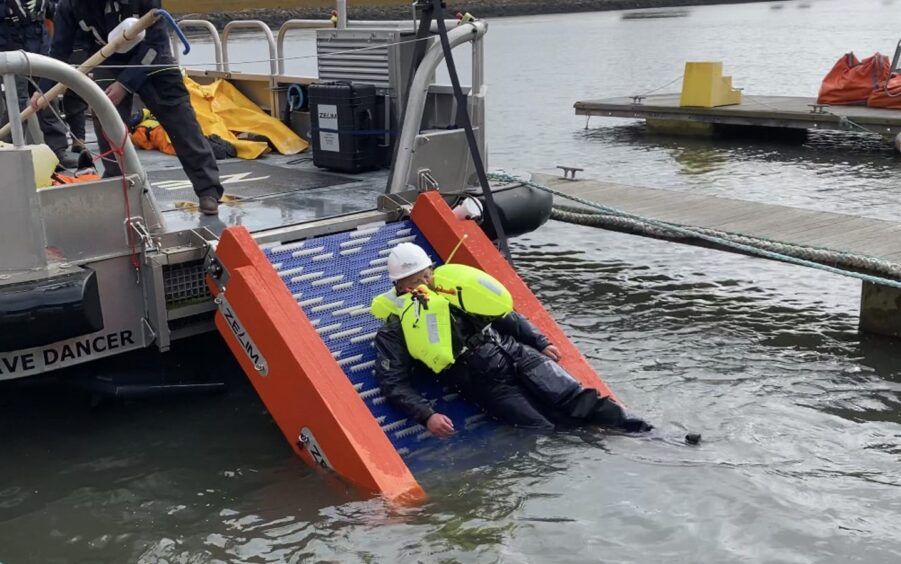 © Supplied by Zelim
© Supplied by Zelim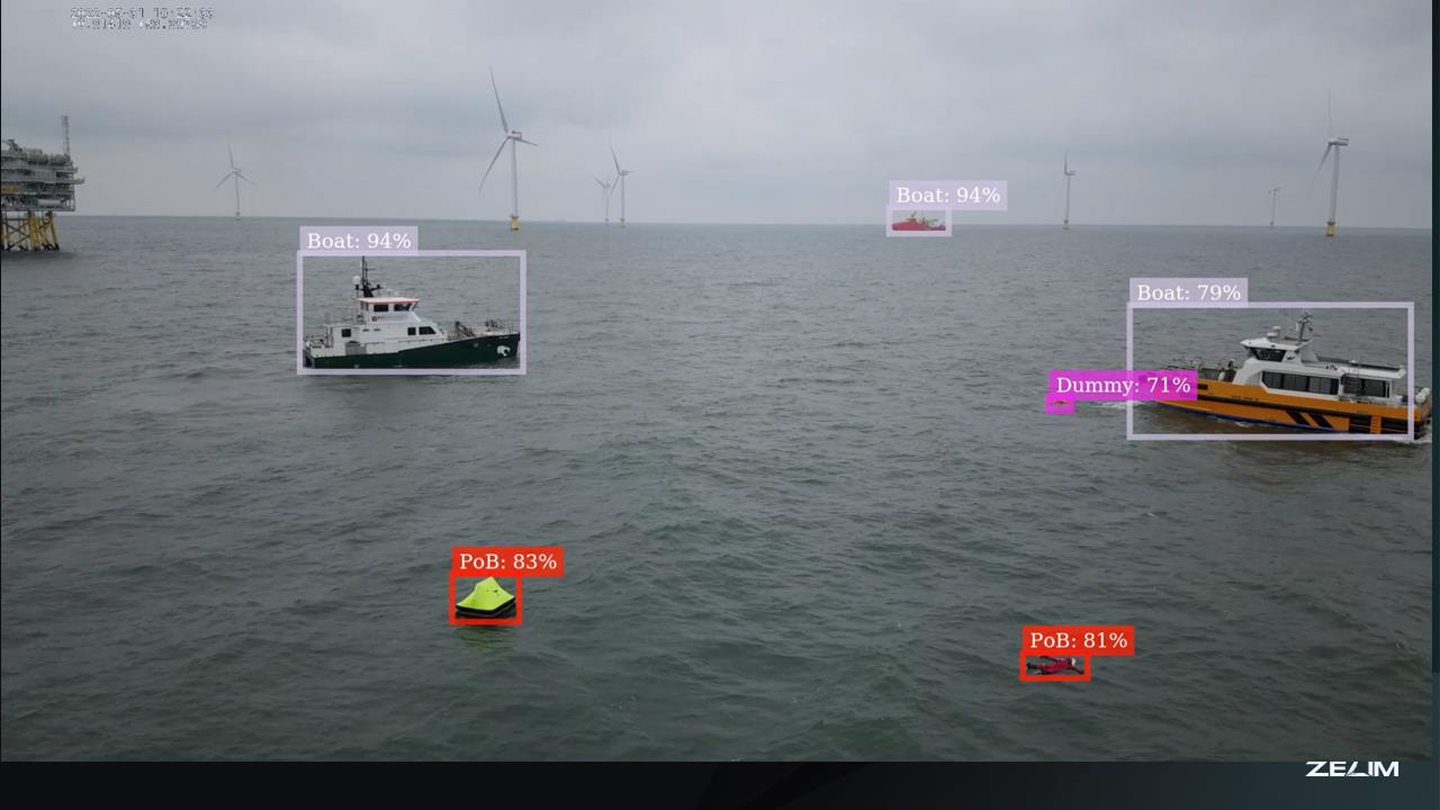 © Supplied by Zelim
© Supplied by Zelim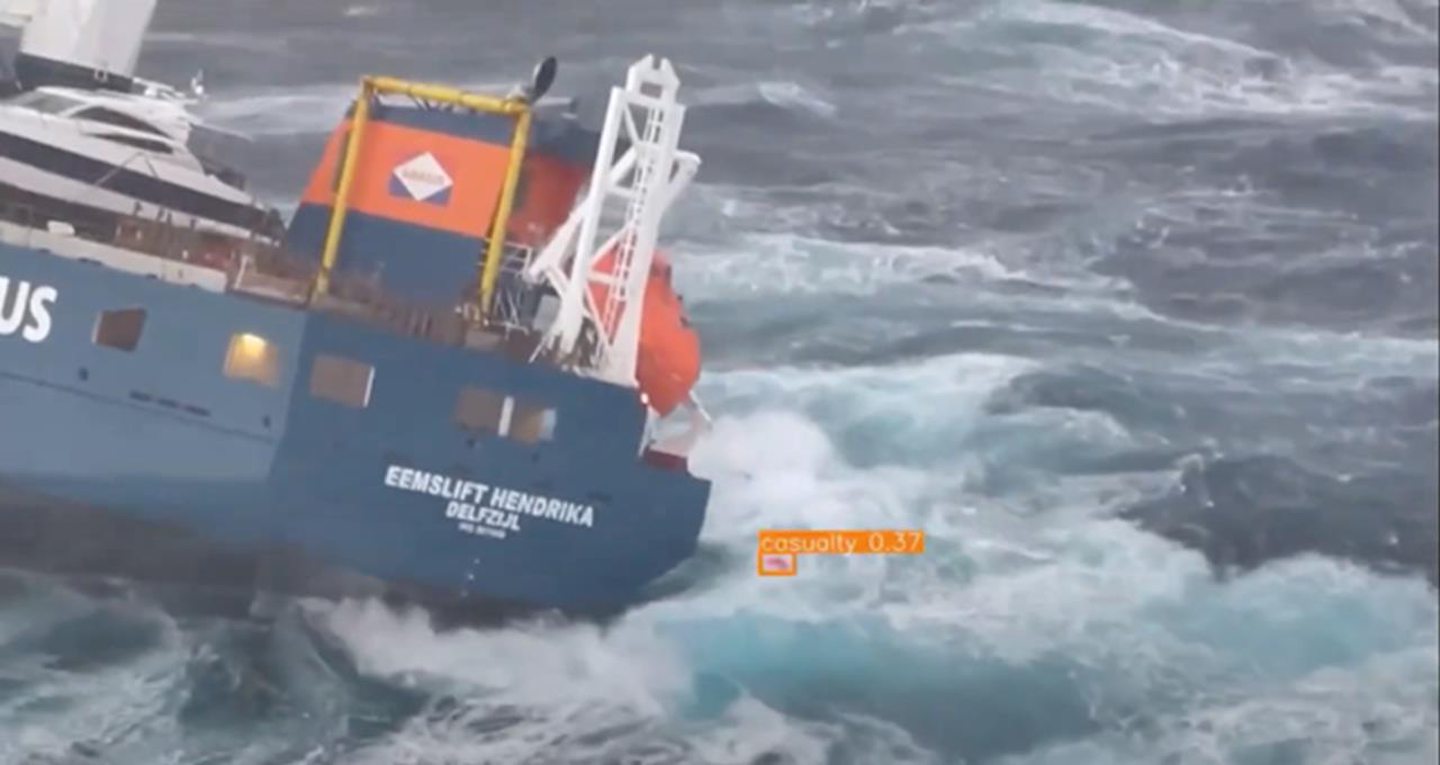 © Supplied by Zelim
© Supplied by Zelim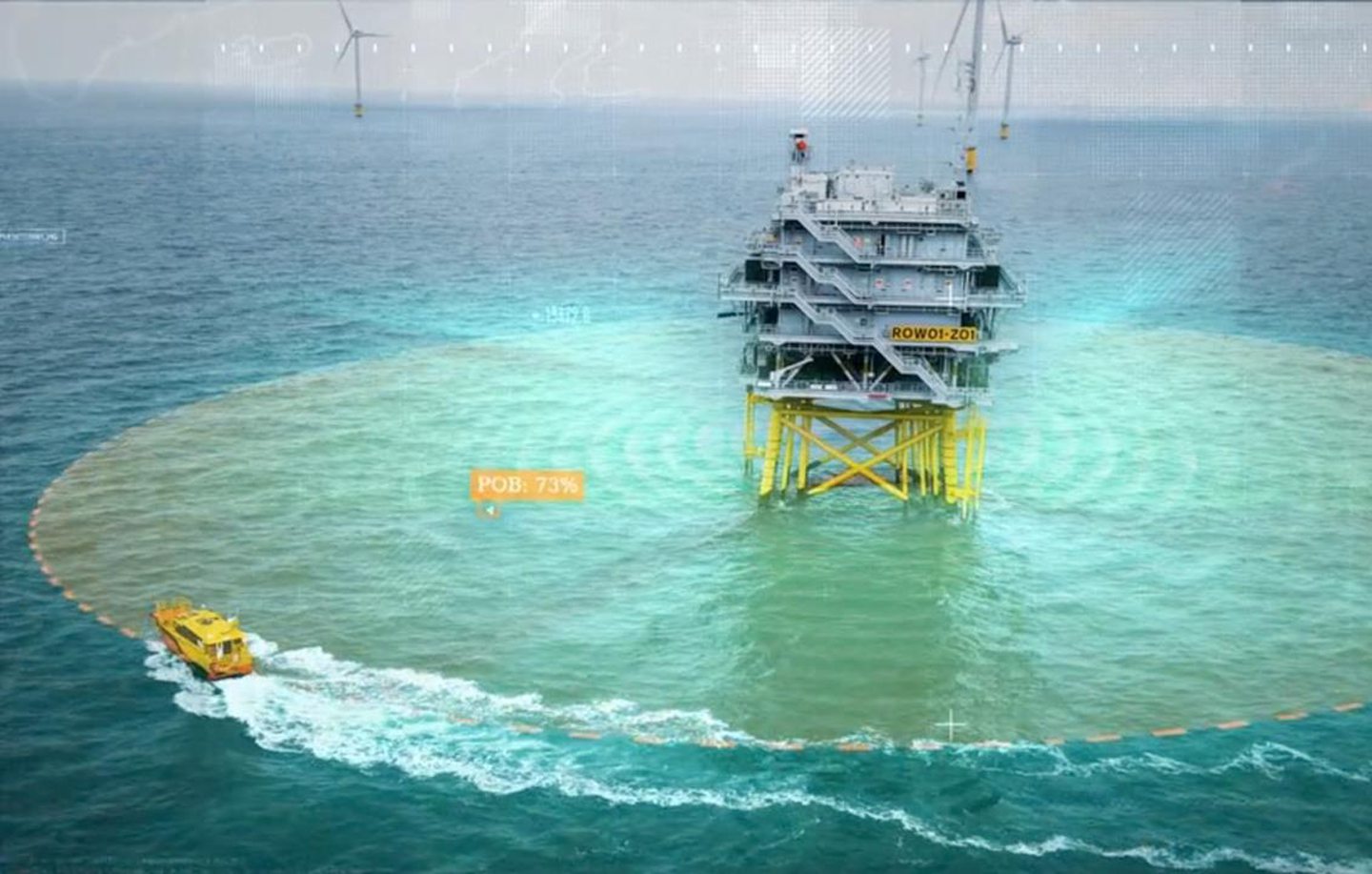 © Supplied by Zelim
© Supplied by Zelim